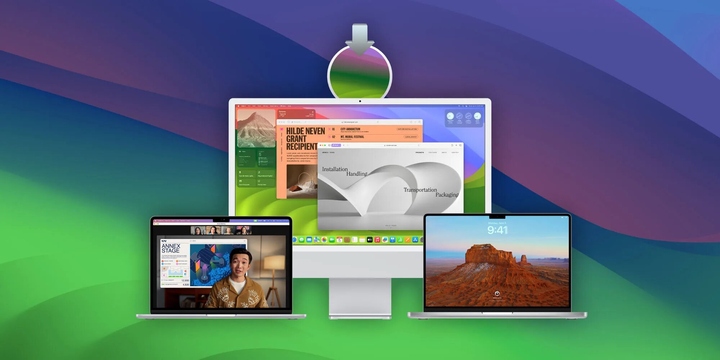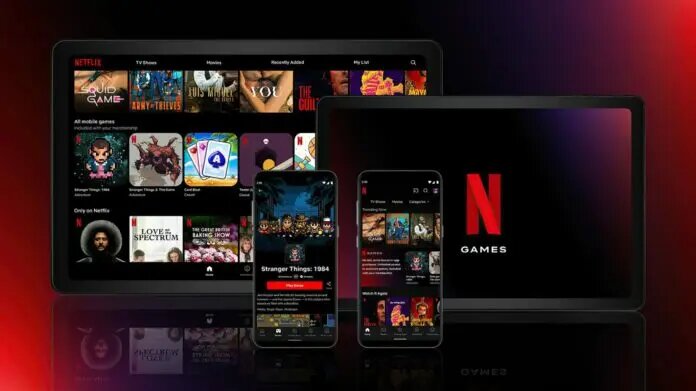Roblox beta comes to Meta’s Quest VR headsets
In the next few weeks, an open beta for Roblox will be made accessible for Meta’s Quest virtual reality headsets. On Quest 2 as well as Quest Pro, you may test out this Quest edition of Roblox, and according to Meta, Roblox will also function on the upcoming Quest 3.
“Roblox is automatically publishing some experiences that use default player scripts to support VR devices,” Meta writes. “They’ve found that those experiences typically run well in VR without modifications, so they’re seeding the Roblox VR library with great content from day one.”
Source: theverge.com

Since there are already over fifteen million engaged interactions available on the site, there ought to be a wide variety to pick from. Additionally, this Quest edition of Roblox will offer multi-platform play, allowing you to engage in interactions with others on Xbox, mobile devices, as well as desktop computers.
Roblox has continuously promoted virtual reality (VR) through PC-based headsets, allowing users to use systems like the HTC Vive, Oculus Rift, along with Valve Index. Through the connection of the headgear to your desktop or laptop, you may even play Roblox the moment on Quest 2.
Also Read: Meta now lets you make video calls using a cartoon avatar
However, the newly released Adventure-optimized edition ought to be simpler to set up and operate as it will ultimately only serve as an app that can be downloaded from the Meta Quest Store. This might lead to an increase in the number of people using Roblox in the realm of virtual reality.
Roblox is a website that lets you interact with games made by other people as well as create and share your games. Once you register, you may talk with other players and play an endless number of games absolutely free. You may pick from a variety of imaginative and enjoyable tasks that are always changing, like murder mysteries, sports, or even combat games.
The in-game money in Roblox is called a Robux. You can employ them for a variety of things, such as custom avatar attire or animations, one-of-a-kind gaming powers, and tools along with additional items. Robux may be acquired in a variety of ways, including through purchases, Premium subscription benefits, trades, and donations.

I am a student pursuing my bachelor’s in information technology. I have a interest in writing so, I am working a freelance content writer because I enjoy writing. I also write poetries. I believe in the quote by anne frank “paper has more patience than person





